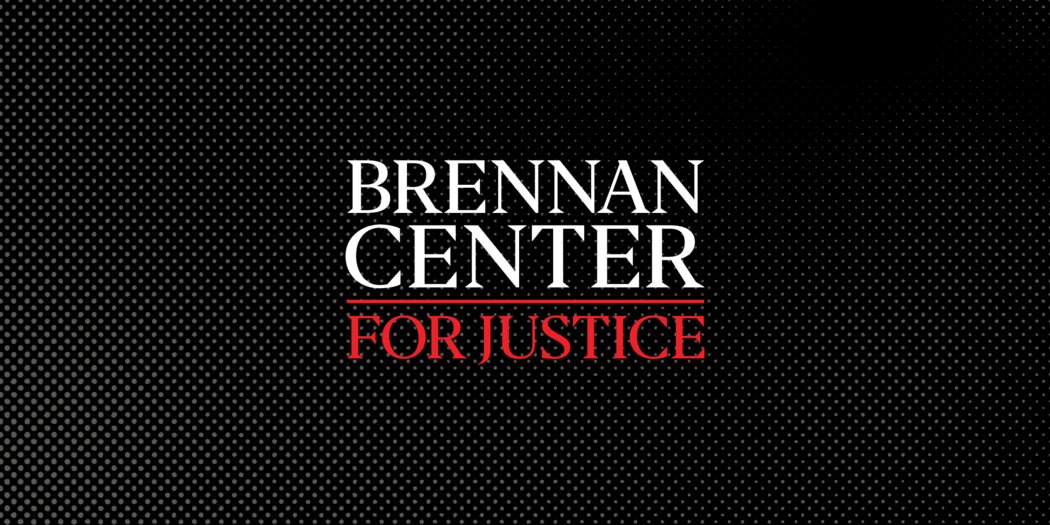W. K. Lis
Superstar
Every 10 years, after a census, the provinces’ Electoral Boundaries Commissions kick into high gear to adjust the electoral map. Over the next two years, using the data obtained through the census and information gained through public hearings, each Commission submits a proposed electoral map to the House of Commons.
While the commissions will consider objections from members of the House, the final decisions on where those boundaries lie, rests with them.
In similar fashion, when it comes to actually running an election, that task falls to Elections Canada, also an independent and non-partisan agency.
Elections Canada’s mantra is uniformity; from the way political campaigns finance themselves, to the way voters obtain their ballots and how they cast them — it all has to be the same across the country, right down to the way those ballots are counted.
On election night in Canada, when all the voters have gone home, when the polls have closed, when the ballot counting begins, there is no margin for variance. There’s a book to follow, and the book is very specific about how the next few hours shake out.
The book has diagrams to show how to use scissors to open the ballot box. The book says someone has to observe you picking out the ballots. The book says your co-worker must then run their hand around the inside of the box to make sure no ballots get left behind.
One co-worker unfolds the ballot, then hands it to the next, who counts it. They may hold up the ballot to show scrutineers from the political parties if they’re present. But the scrutineers aren’t allowed to touch the ballot, merely to lean in and squint.
“Everybody counts the votes exactly the same way,” said Natasha Gauthier of Elections Canada. “It is literally by the book.”
“There’s a checklist, and the checklist goes in a manila envelope, and then someone checks the checklist to make sure that everything’s been checked off. And then it’s signed and some stuff has to be double-signed by two different people.”
In Canada, on election night, every single polling station in the country counts ballots this way.
And that uniformity applies to all the facets of running an election that Elections Canada manages, Gauthier said.
“Our mandate is to make sure that everybody who can vote is able to vote,” she said.
It’s a system created a hundred years ago — Elections Canada is celebrating its 100th birthday this year — to avoid what Dennis Pilon refers to as a politically mutually assured destruction.
Pilon, an associate professor in the Department of Politics at York University, said the decision was made in this country to fundamentally forswear the use of the electoral process as a political weapon, for fear of those actions damaging all parties concerned.
“What you have in Canada is not so much a depoliticized approach, but an agreement by all parties to essentially put the question beyond politics,” he said. “At some point, the various political players said, ‘You know what? This is too risky to leave this in a totally partisan way. It’s taking up too much of our time fighting over it. So we’re all going to agree to do it this way.’”
That’s not to say that attempts have not been made to influence Elections Canada’s actions, said Pilon.
In 2014, just ahead of a 2015 federal election, Stephen Harper’s majority Conservative government passed Bill C-23.
Aside from cutting the agency’s budget — forcing it to abandon a pilot project for online voting — the bill, among other things, stripped Elections Canada of its ability to actively encourage Canadians to vote. It also decreed that, on Election Day, incumbent candidates would appoint polling supervisors, rather than Elections Canada.
But the bill drew massive outrage from the public and opposition parties, even as it passed through Parliament, and in the run-up to the 2015 election, both NDP leader Thomas Mulcair and Liberal leader and future Prime Minister Justin Trudeau vowed to repeal it if elected.
In 2018, Trudeau’s government passed Bill C-76, which walked back many of the provisions of Harper’s Law.
While it’s unlikely that such a law could be passed at a federal level south of the border, undoing a similar law that restricted voter access would require a sequence of events that would only occur with difficulty in the U.S., where changes in voter laws have to be accomplished state by state.
“Our (Canadian) system is not so much the product of some sort of enlightened better angels,” said Pilon. “I think there’s an element to that, of course; it was certainly sold that way. But not too far beneath the surface is a cold, hard partisan battle. And it just happens that the battle was configured quite differently in the United States.”





/https://www.thestar.com/content/dam/thestar/news/canada/2020/10/06/a-crazy-system-us-voters-face-huge-lines-and-gerrymandering-how-elections-canada-makes-a-world-of-difference-north-of-the-border/maryland_us_congressional_district_3.jpg)

